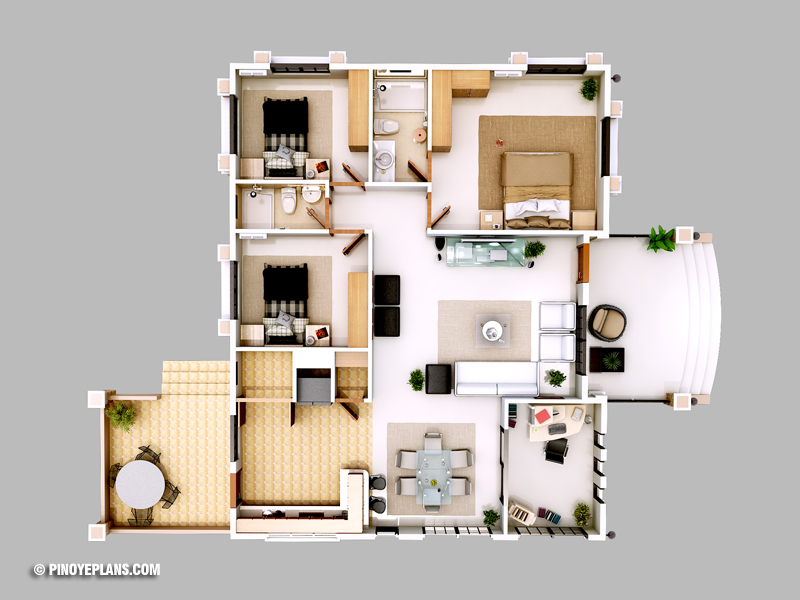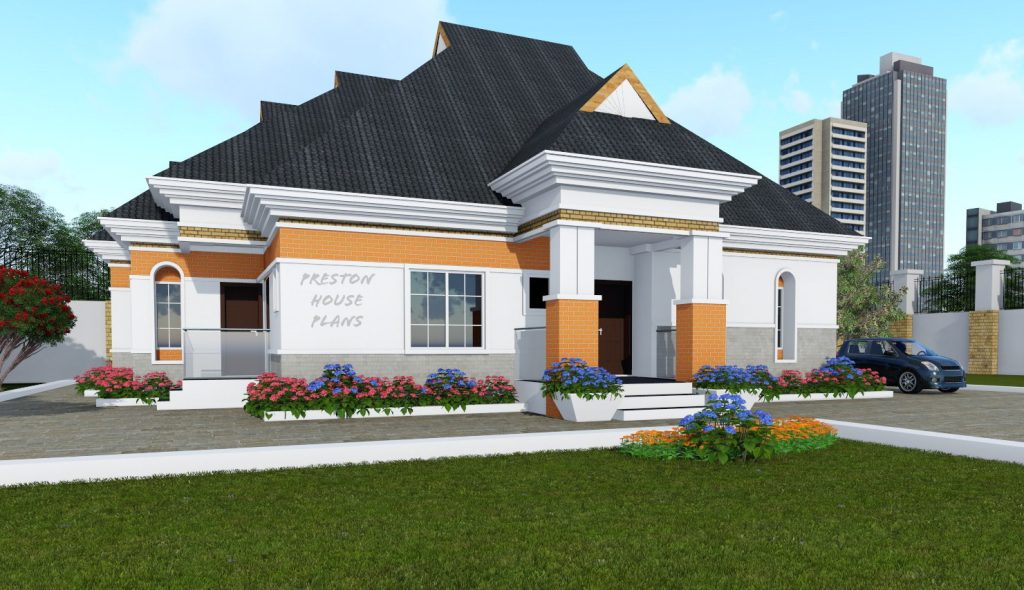Building a home is one of the most significant investments you can make, and doing so within a tight budget requires careful planning, cost-effective material choices, and efficient labor management. In this guide, we will explore how you can construct a 3-bedroom bungalow in Nigeria for under ₦10 million, considering current market rates, practical strategies, and budget-conscious decision-making.
Step 1: Planning Your Budget and Setting Realistic Expectations
Budgeting is the foundation of any successful construction project. To keep costs within the ₦10 million limit, you need to account for:
- Land purchase (if not already owned)
- Building materials (blocks, cement, sand, roofing materials, etc.)
- Labor costs
- Government approvals and permits
- Utilities (water, electricity, and drainage)
- Contingencies (at least 10% for unexpected expenses)
Example of a General Cost Breakdown
| Item | Estimated Cost (₦) |
|---|---|
| Land Purchase (low-cost area) | 2,000,000 |
| Foundation & Block Work | 2,500,000 |
| Roofing | 1,500,000 |
| Windows & Doors | 1,000,000 |
| Electrical & Plumbing | 800,000 |
| Interior Finishing (Tiling, Painting, Ceiling) | 1,500,000 |
| Miscellaneous & Contingency | 700,000 |
| Total Estimated Cost | ₦9,900,000 |
Step 2: Choosing the Right Location
Location significantly affects your overall expenses. Land in urban centers like Lagos and Abuja is expensive, making it difficult to stay within a ₦10 million budget. Instead, consider purchasing land in suburban or semi-urban areas where prices are lower but still offer growth potential.
Recommended Affordable Locations
- Lagos: Mowe, Ikorodu, Epe, Badagry
- Abuja: Kuje, Kwali, Bwari
- Ogun State: Sagamu, Ifo, Abeokuta outskirts
- Port Harcourt: Igwuruta, Oyigbo
Before buying land, confirm legal ownership, verify proper documentation (C of O, Deed of Assignment, etc.), and ensure there are no disputes or government acquisitions.
Step 3: Opting for Cost-Effective yet Durable Materials
The choice of materials greatly influences costs. Some ways to save include:
- Blocks: Use sandcrete blocks instead of solid concrete blocks where possible.
- Roofing: Stone-coated roofing sheets are cheaper and durable compared to aluminum long-span sheets.
- Cement: Buy in bulk from distributors to reduce costs per bag.
- Flooring: Polished concrete flooring is a budget-friendly alternative to high-end ceramic or marble tiles.
- Windows & Doors: Metal doors and aluminum windows provide durability at a lower cost than premium wooden options.
Step 4: Efficient Design & Layout

A simple, functional design minimizes waste and reduces expenses. Consider:
- A compact 3-bedroom design (around 125-150 sqm)
- Open floor plan to reduce partitioning costs
- Rectangular or square layouts to minimize roofing and foundation complexities
- Standardized room sizes to optimize material usage
Sample Floor Plan Layout:
- Living room: 4m x 5m
- Master bedroom: 4m x 4.5m (with en-suite bathroom)
- Bedroom 2 & 3: 3.5m x 4m each
- Kitchen: 3m x 3.5m
- Toilets & Bathrooms: 2m x 2m each
Step 5: Managing Labor Costs
Labor can consume up to 30-40% of your total budget. To save money:
- Hire direct labor instead of full-time contractors for certain aspects.
- Engage local artisans rather than big-name construction firms.
- Negotiate package deals (e.g., a single contractor handling roofing, doors, and windows).
- Monitor work to avoid overuse of materials and inefficiency.
Step 6: Avoiding Unnecessary Expenses
Some common budget-draining mistakes include:
- Overdesigning (adding unnecessary architectural complexities)
- Using premium materials where alternatives are available
- Hiring unverified workers who may waste resources
- Not securing land documents early, leading to disputes and legal fees
Conclusion
Building a 3-bedroom bungalow in Nigeria for under ₦10 million is achievable with meticulous planning and strategic decision-making. By selecting the right location, using cost-effective materials, adopting a simple yet functional design, and managing labor costs effectively, you can successfully own a home without financial strain.
For more real estate insights, visit www.landsofnigeria.com and stay updated on affordable homeownership strategies!




